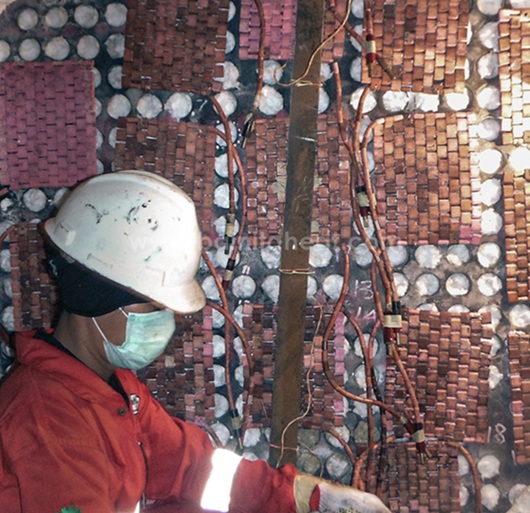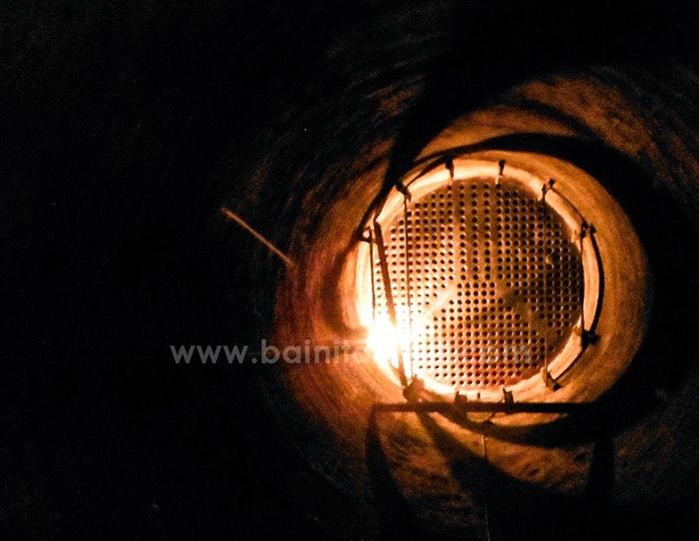Heat treatment is a vital process across many industries—from automotive and construction to oil and gas and aerospace. By carefully heating and cooling metals under controlled conditions, heat treatment enhances their mechanical properties, such as hardness, strength, ductility, and resistance to wear or corrosion.
This complete guide explores what heat treatment is, how it works, the different types, and why it’s essential in industrial applications. Whether you’re an engineer, QA/QC officer, or project manager, this article will help you understand why heat treatment is a non-negotiable part of modern manufacturing and infrastructure development.
What is Heat Treatment?
Heat treatment is the process of heating and cooling metals in a controlled environment to alter their microstructure and improve their mechanical and physical properties without changing the material’s shape. The purpose varies depending on the application—from increasing tensile strength and hardness to relieving internal stress or enhancing wear resistance.
The process is often performed using high-precision equipment like a fixed furnace or through local PWHT (Post Weld Heat Treatment) on-site, depending on the scope and complexity of the project.
Why is Heat Treatment So Important?
Heat treatment isn’t just a supplementary step—it’s a critical quality assurance tool. Without proper heat treatment, metal components can suffer from structural failure, cracking, brittleness, or reduced load capacity.
Key benefits of heat treatment include:
- Enhances strength, toughness, and hardness
- Reduces internal stress caused by welding or machining
- Improves machinability and formability
- Increases resistance to extreme temperatures, wear, and corrosion
- Refines grain structure for long-term durability
Common Types of Heat Treatment

1. Annealing
A softening process where metals are heated and slowly cooled to increase ductility and reduce hardness, ideal for carbon steel and non-ferrous metals.
2. Normalizing
Involves heating steel above critical temperature and cooling it in open air to achieve uniform grain structure and improved mechanical properties.
3. Hardening (Quenching)
Metal is heated and rapidly cooled using water, oil, or air to increase hardness and tensile strength.
4. Tempering
Conducted after quenching to reduce brittleness and restore toughness by reheating the metal to a lower temperature.
5. Stress Relieving
A process to reduce residual stresses from welding, machining, or forming, without significantly altering material hardness.
6. Post Weld Heat Treatment (PWHT)
Critical for welding-heavy applications such as pressure vessels and piping systems in the oil and gas sector. PWHT helps eliminate residual stresses and restore material integrity.
Industrial Applications of Heat Treatment
Oil and Gas Industry
Heat treatment is indispensable for high-pressure pipelines, offshore structures, and pressure vessels, especially using local PWHT or furnace-based heat treatment to meet ASME and API standards.
Automotive Industry
Engine parts like gears, crankshafts, and axles undergo heat treatment to ensure they can withstand high loads, impacts, and friction.
Construction and Infrastructure
Steel frameworks and weld joints in buildings, bridges, and industrial facilities need heat treatment to ensure they remain reliable under structural stress and environmental changes.
Aerospace Sector
Aluminum and titanium alloys used in aircraft manufacturing are heat-treated to maintain strength while keeping the weight low, ensuring safety and fuel efficiency.
Heat Treatment Standards You Should Know
Depending on the industry, heat treatment is governed by international codes and standards to ensure safety and quality:
- ASME Section VIII – For pressure vessels
- API 650 / API 653 – For oil and gas storage tanks
- AWS D1.1 – For welded steel structures
- ISO 9001 & ISO 17663 – For quality management and documentation of heat treatment
Choosing a Professional Heat Treatment Provider
To get optimal results, working with an experienced and certified heat treatment provider is key. PT. Bainita Heat Industry is a leading heat treatment company in Indonesia, trusted by major players in the oil and gas, construction, and manufacturing sectors.
Our services include:
- Fixed Furnace Heat Treatment
- Onsite Local PWHT Services
- Normalizing, Stress Relieving, and Tempering
- Hardness Testing & Non-Destructive Testing (NDT)
- Metallurgical Consulting Services
All our heat treatment services are supervised by certified engineers and documented with comprehensive reports (TTC, MTC, Hardness Test Results) to ensure full compliance with international standards.
Conclusion: Heat Treatment is a Smart Investment in Quality and Safety
Heat treatment is not merely a process—it’s a strategic investment in the reliability, longevity, and performance of your materials and equipment. Whether you’re in heavy industry or high-precision manufacturing, proper heat treatment ensures your products stand the test of time, pressure, and performance.
Contact the Most Trusted Heat Treatment Services Provider in Indonesia
To request a consultation, quote, or site inspection, contact our team at:
- Website: www.bainitaheat.com
- WhatsApp: +62 811 1637 036
- Email: marketing2@bainitaheat.com
- Address: Jl. Mercedes Benz No.5, Tlajung Udik, Kec. Gn. Putri, Bogor, West Java – 16962
PT. Bainita Heat Industry – Reliable Heat Treatment Services for Mission-Critical Projects.

